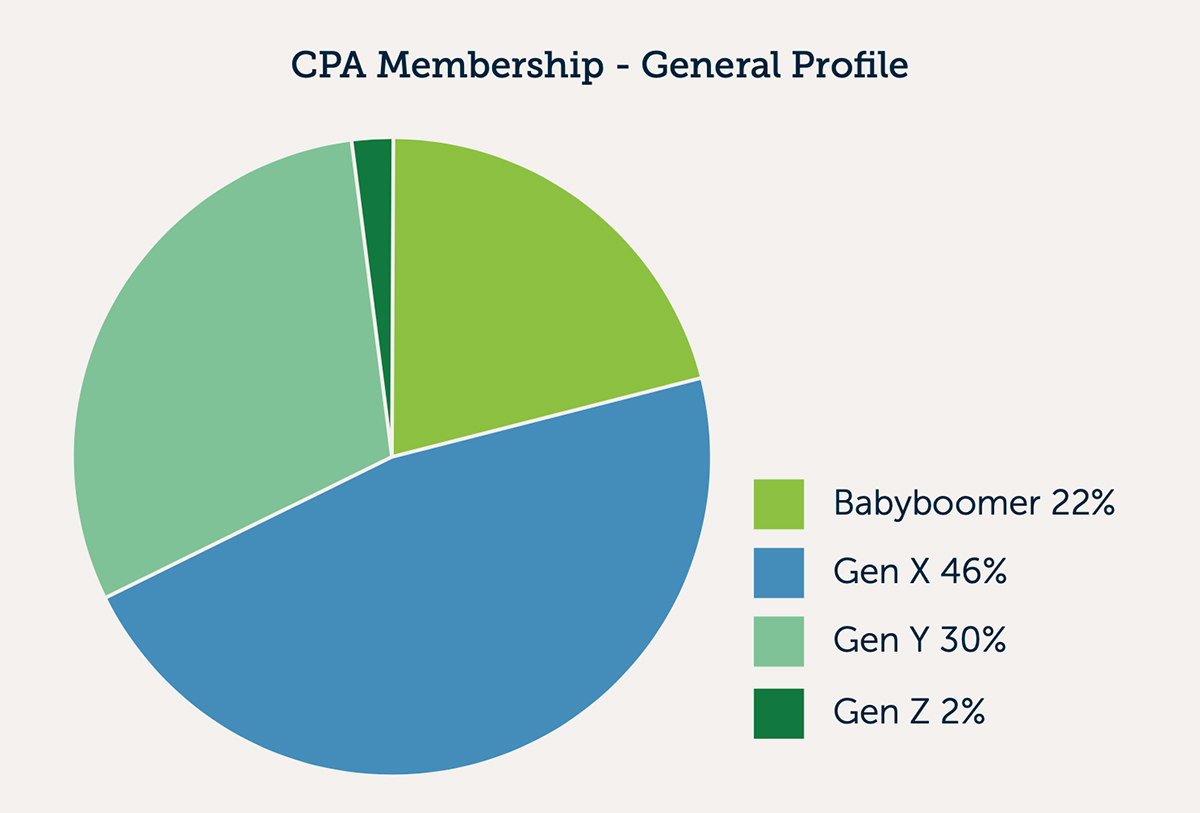Mind the Gap: Leveraging the Strengths of an Intergenerational Workplace by Dr Mary Collins
During my time as Head of Talent Development in Deloitte, I started to notice general differences in the drives and motivations of the graduates at the time (Gen Y) and realised we needed to flex and adapt our approach if we wanted to get the best from this powerful young generation. I went on to complete my doctoral studies in this topic and developed a framework to engage the youngest workplace generations. Over the last 10 years, I have been researching and writing about this topic and the challenges seem to amplify year on year as organisations face managing multiple generations under one roof with the added challenge of the hybrid workplace for most organisations.
The workplace has evolved into a melting pot of generations, each with its unique set of drives, motivations, and values. To harness the strengths of this intergenerational workplace, it is essential to first comprehend the distinct characteristics and expectations of each generation. In this article, we will delve into the four primary workplace generations: Baby Boomers, Generation X, Generation Y (commonly known as Millennials), and Generation Z (known as Centennials). We will explore their respective values, motivations, and how organisations can leverage their strengths to create a harmonious and productive work environment.

- Baby Boomers (Born 1946-1964):
Baby Boomers are the generation that witnessed significant historical events, such as the civil rights movement, the moon landing, and the rise of personal computing. They are known for their strong work ethic, dedication, and loyalty to their employers. Job security and financial stability are essential motivators for this generation. Baby Boomers value experience and appreciate traditional, face-to-face communication. The number of workers in Europe over 50 years of age has increased by 32% from 2010 to 2019 and this trend continues in an upward trajectory.
To leverage the strengths of Baby Boomers in the workplace, organisations should provide opportunities for mentorship and knowledge sharing.
Their wealth of experience can be invaluable in helping younger generations navigate the complexities of the professional world. Encouraging cross-generational teams and acknowledging their contributions can help foster a sense of belonging and purpose for Baby Boomers.
- Generation X (Born 1965-1980):
Generation X is often characterised by its self-reliance, independence, and adaptability. This generation grew up during the era of latchkey kids and experienced the introduction of personal computers and the internet. They tend to value work-life balance and appreciate flexibility in their work arrangements. Job satisfaction, opportunities for advancement, and recognition for their efforts are crucial motivators for Generation X. This generation are often referred to as the ‘sandwich generation’ as they are often juggling lots of life demands caring for children and elderly parents.
To capitalise on the strengths of Generation X, organisations should emphasise a results-oriented approach and provide opportunities for personal and professional development. Offering flexible work schedules and the freedom to explore innovative solutions can help retain and motivate this generation.
- Generation Y (Millennials) (Born 1981-1995):
Millennials, often seen as the first digital natives, are known for their tech-savviness, social consciousness, and desire for meaningful work. They value work that aligns with their personal values and expect a collaborative and inclusive work environment. Opportunities for growth, work-life balance, and recognition for their contributions are important motivators for Millennials.
To harness the strengths of Generation Y, organisations should invest in technology, foster a collaborative culture, and provide opportunities for skill development. They respond well to feedback and appreciate open communication. Embracing their desire for purpose-driven work can lead to increased engagement and retention.
- Generation Z (Born 1995-2010):
Generation Z, the most recent entrants into the workforce, are characterised by their digital nativism, entrepreneurial spirit, and diversity. They have grown up in an age of rapid technological advancement and often exhibit strong independent thinking. Job security, flexibility, and a supportive work environment are key motivators for Generation Z.
To maximize the potential of Generation Z, organisations should emphasise technological innovation, offer opportunities for personal growth, and create a diverse and inclusive workplace. They thrive on constructive feedback and appreciate a sense of belonging. Organisations that adapt to their expectations will likely attract and retain this generation more effectively.

One common stereotype is the perception of older generations as resistant to change and younger generations as entitled. To bridge these gaps, organisations should prioritize open communication and encourage mutual understanding. Cross-generational mentorship programmes can provide an excellent platform for knowledge transfer and relationship building. Emphasizing the shared values and goals of different generations can also help foster a more cohesive and cooperative work environment.
- Encourage Cross-Generational Collaboration:
Foster a culture that values and promotes intergenerational teamwork. By creating opportunities for different generations to collaborate on projects, share their experiences, and learn from one another, organisations can harness the unique strengths of each generation. - Provide Training and Development:
Recognise that each generation has different skills and knowledge to offer. Offering training programmes and development opportunities tailored to individual needs can ensure that employees of all ages feel empowered to enhance their skills and contribute effectively. - Flexibility and Work-Life Balance:
Accommodate the varying work preferences of different generations. Offering flexible work arrangements and promoting work-life balance can attract and retain a diverse workforce while increasing overall job satisfaction. - Effective Communication:
Encourage clear and open communication within the organisation. Consider hosting workshops or training sessions on effective communication across generations, focusing on active listening and mutual respect. - Mentorship Programmes:
Establish formal mentorship programmes that connect experienced Baby Boomers with younger employees. This not only facilitates knowledge transfer but also helps build stronger bonds between generations. - Recognise and Reward Contributions:
Implement recognition programmes that acknowledge and celebrate the achievements of employees from all generations. Different generations may have varying expectations when it comes to recognition, so tailor rewards and incentives accordingly. - Embrace Technology:
Invest in technology that appeals to the preferences of younger generations while ensuring that older employees have the training and support needed to adapt to new tools and platforms. - Diversity and Inclusion:
Foster a diverse and inclusive workplace where employees of all ages feel valued and included. This not only enhances productivity but also creates a more vibrant and engaging work environment.

The intergenerational workplace is a rich tapestry of talents, experiences, and perspectives. To thrive in such an environment, organisations must recognise the distinct drives, motivations, and values of each generation and create strategies that allow them to collaborate effectively.
Encouraging cross-generational teamwork, providing development opportunities, promoting flexibility, and ensuring effective communication are essential steps in bridging generational gaps and maximizing the potential of all employees. By understanding and embracing the diversity of the intergenerational workplace, organisations can create a harmonious and productive environment that benefits employees of all ages and, in turn, the company itself.
Reference: Pew Research Center. (2020). Defining generations: Where Millennials end and Generation Z begins. Retrieved from https://www.pewresearch.org/fact-tank/2019/01/17/where-millennials-end-and-generation-z-begins/
